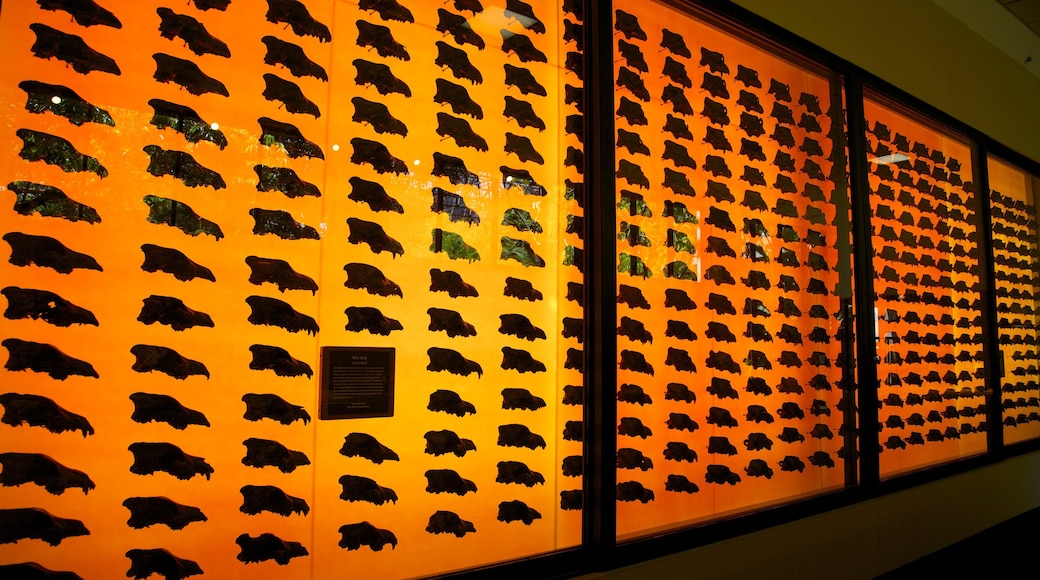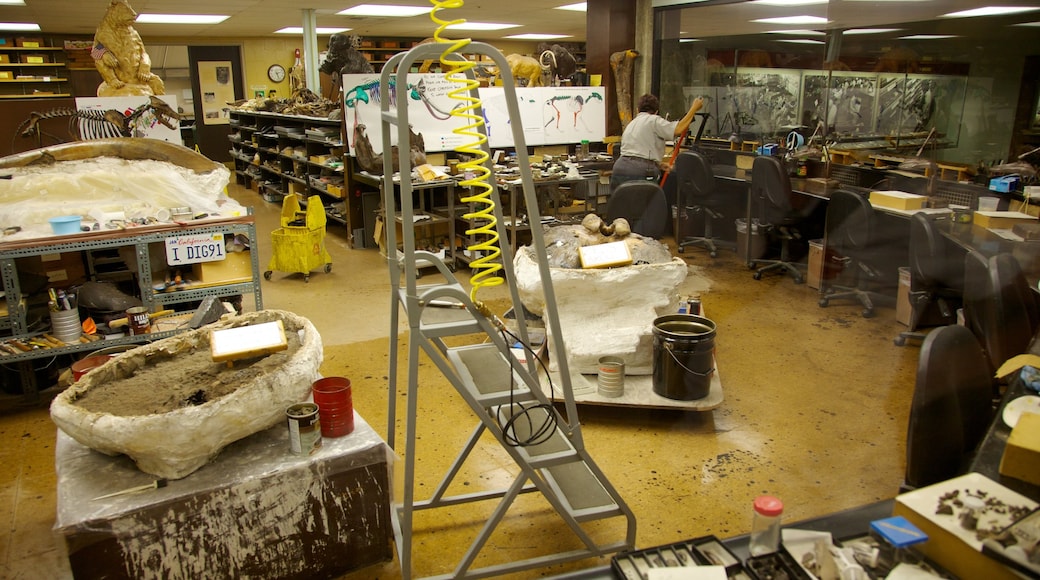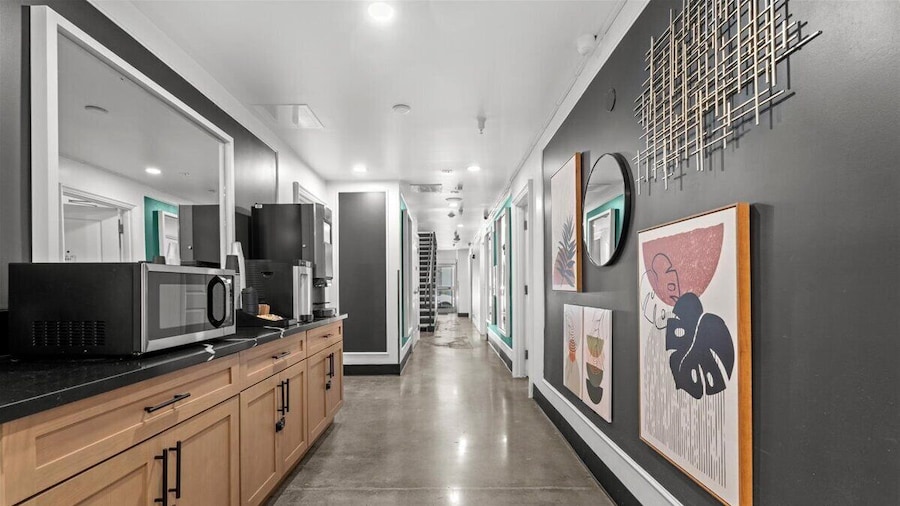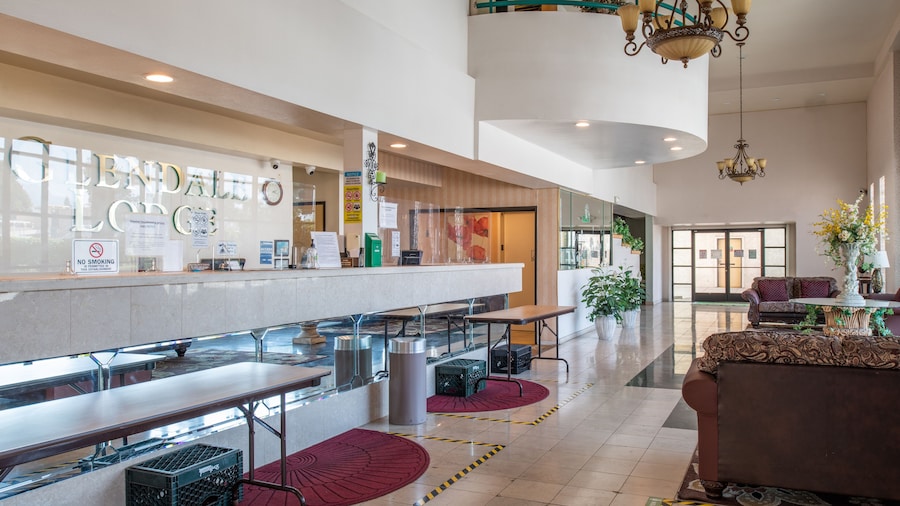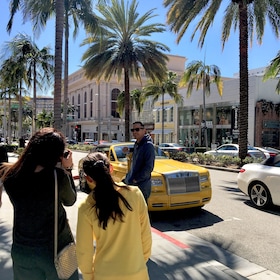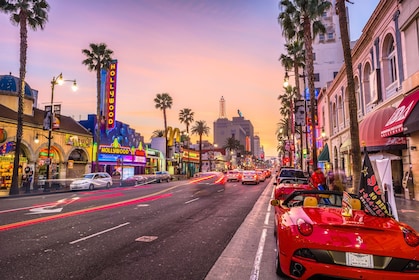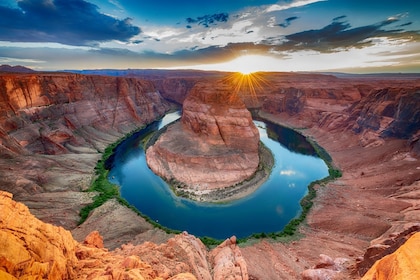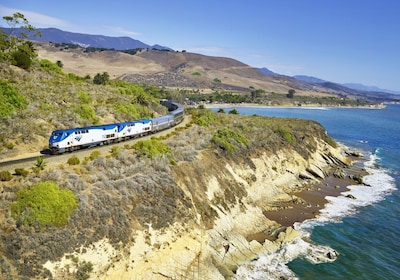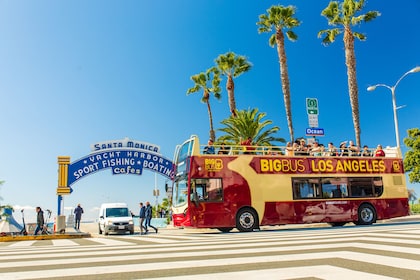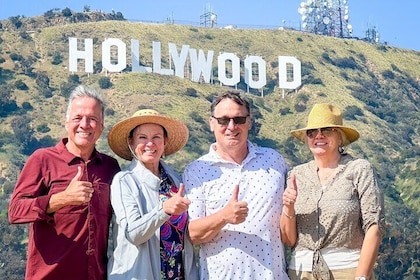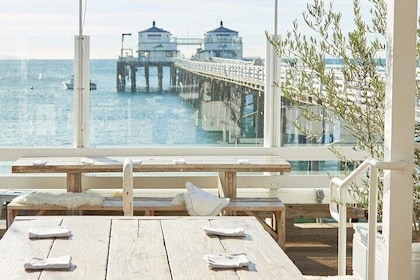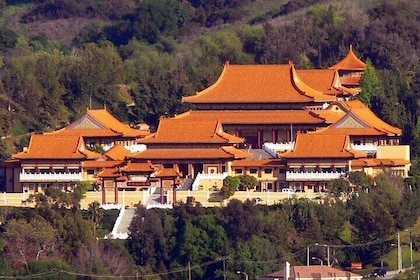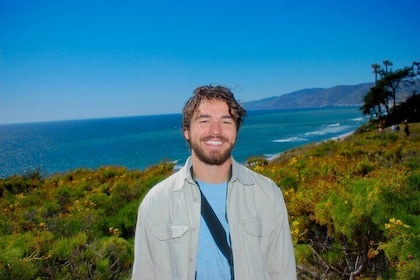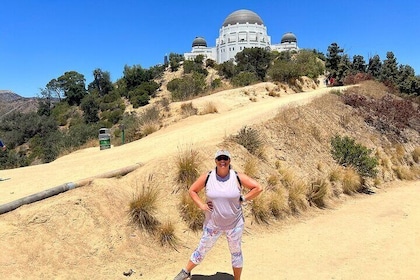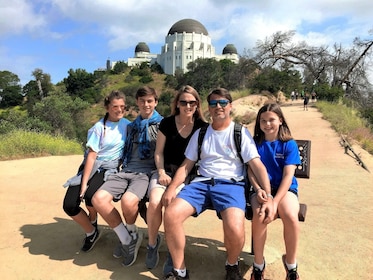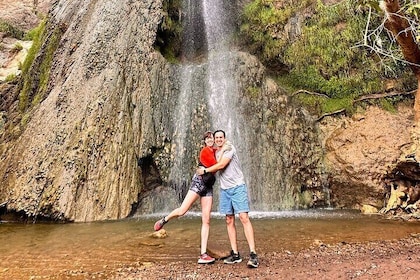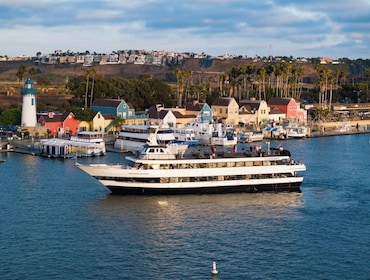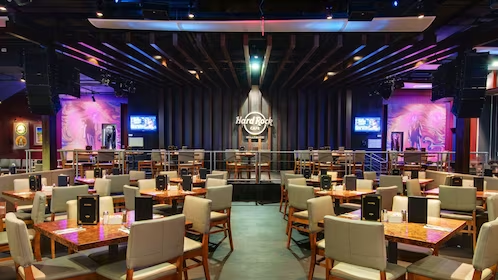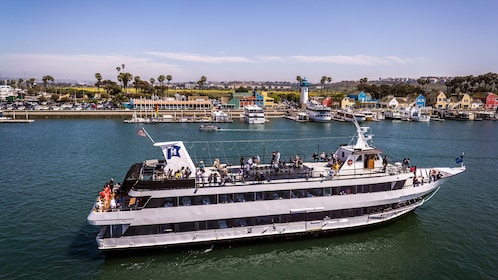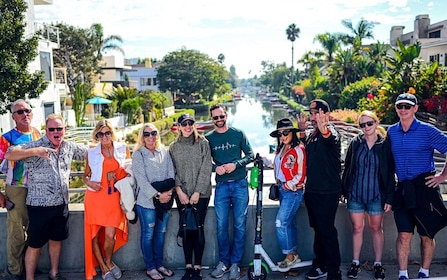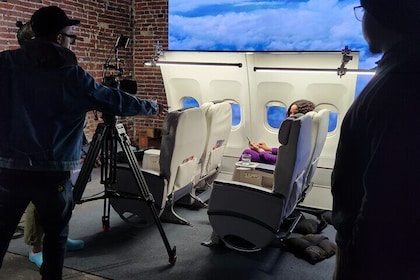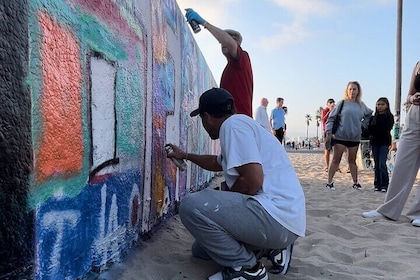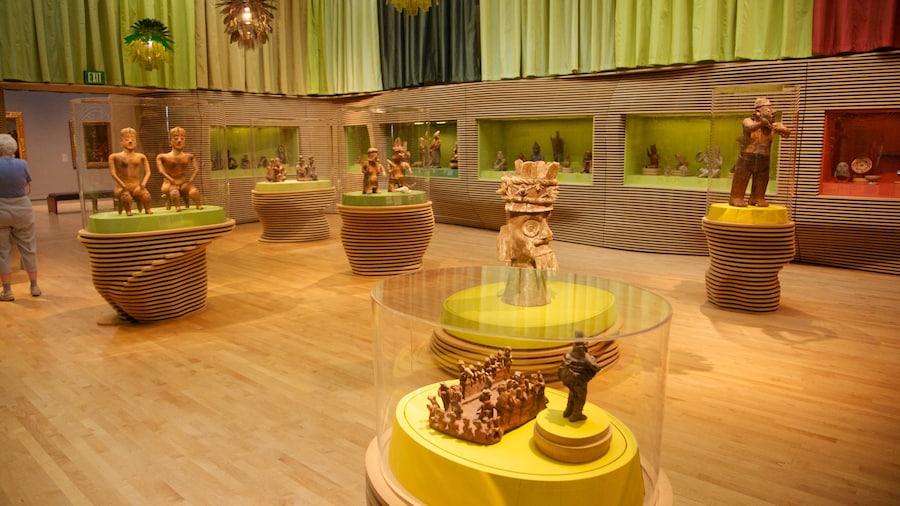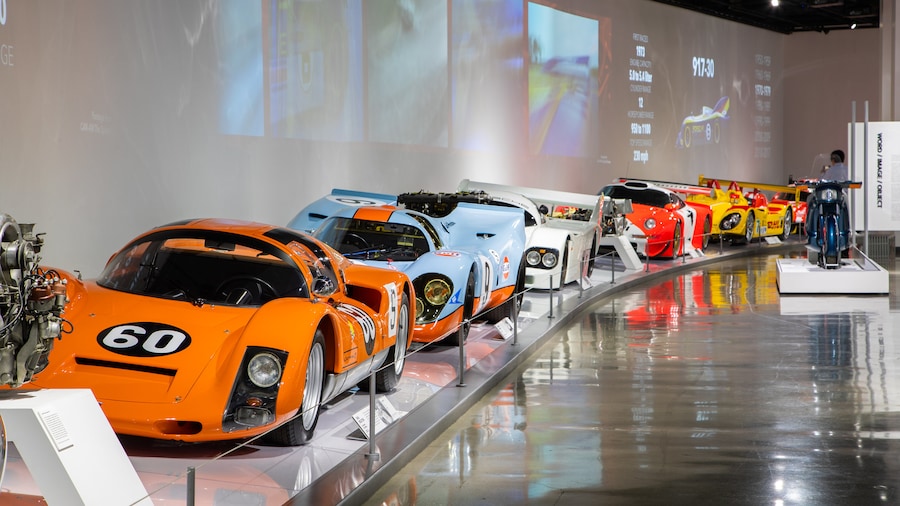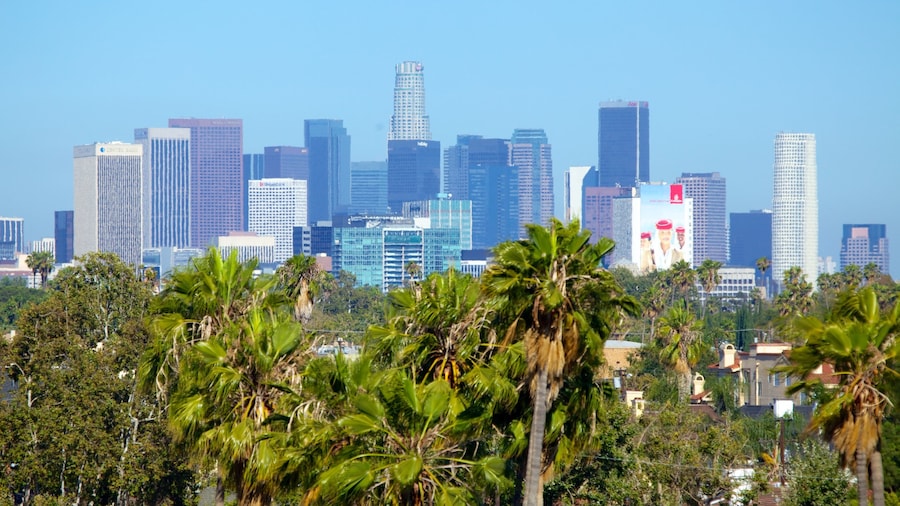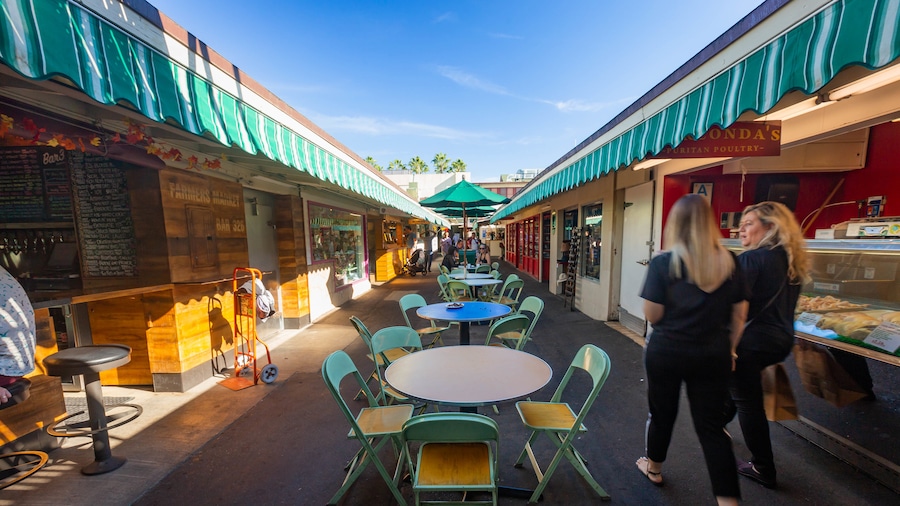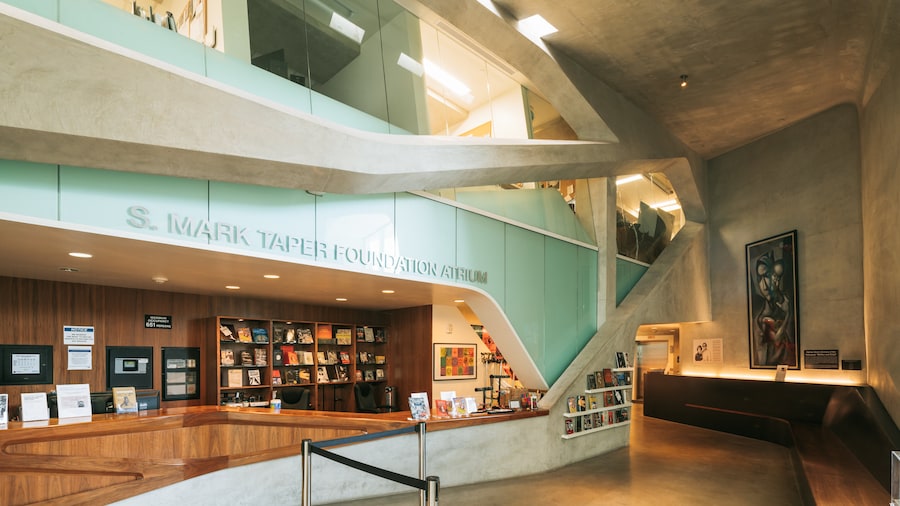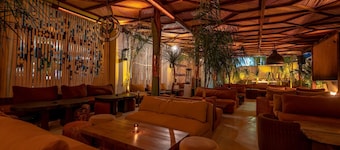In the unlikely setting of downtown Los Angeles, see the fossils of the mammals and birds that once roamed around prehistoric LA.
Visiting some pools and deposits of tar might not sound like the best way of spending time on your holiday, but if you're interested in dinosaurs, this is a must-see. The La Brea tar pits contain one of the richest, best preserved, and best studied collections of fossils who roamed southern California from 40,000 to 8,000 years ago. As well as birds and mammals, there are fossils of plants, molluscs, and insects, too - over 660 species in total.Tar pits form when crude oil seeps to the surface from the Earth's crust the light fraction of the oil evaporates, leaving behind the tar in sticky pools. An Englishman called William Denton was the first person to identify fossils from the tar pits after being shown a canine tooth of a sabre-toothed cat in 1875. In 1901, the first excavations were carried out, and in 1913, the Hancock family who owned the site, gave the Los Angeles County Museum the right to excavate fossils from the tar pits.The excavations revealed that many small animals, birds and insects were trapped in the thick, sludge-like tar, which after death preserved bones, teeth, shells, insect exoskeletons and even plants seeds. These excavations revealed that life in Los Angeles was somewhat cooler and moister 40,000 years ago than it is today, and a number of the large animal species found at La Brea are no longer found in North America: native horses, camels, mammoths and mastodons, long horned bison and sabre-toothed cats.The tar pits are now fenced off to prevent people from suffering the same fate as the animals, so instead, head to the Page Museum next door where you will find more than a million fossils and skeletons of mammoths, sloths, wolves and a sabre-toothed cat. Budding palaeontologists can watch excavations as they happen and inside the Fishbowl Lab, you can see scientists clean, identify and tag fossil pieces together.The La Brea Tar Pits are located 11 kilometres west of downtown LA on Wilshire Boulevard. The museum is open every day aside from major holidays.

